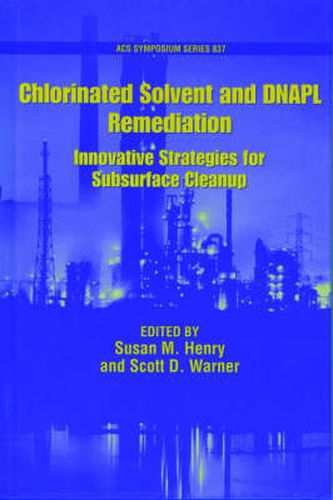Readings Newsletter
Become a Readings Member to make your shopping experience even easier.
Sign in or sign up for free!
You’re not far away from qualifying for FREE standard shipping within Australia
You’ve qualified for FREE standard shipping within Australia
The cart is loading…






This work addresses remediation of chlorinated solvents and dense nonaqueous phase liquids (DNAPLs) in groundwater and discusses remedial alternatives that are available for subsurface cleanup. The book focuses primarily on technological developments and innovative applications for in situ remediation of chlorinated solvents including DNAPLs in soil and groundwater. However, it also provides a general overview of all of the physical, chemical, and biological processes available for in situ remediation of groundwater contaminated with chlorinated solvents and DNAPLs. Chapters discuss surfactant flushing to enhance DNAPL removal; in situ chemical destruction by reduction processes involving zero valent iron or related metals; in situ chemical destruction by advanced oxidation processes; and in situ biological destruction by enhanced anaerobic bioremediation or natural bioattenuation.
$9.00 standard shipping within Australia
FREE standard shipping within Australia for orders over $100.00
Express & International shipping calculated at checkout
This work addresses remediation of chlorinated solvents and dense nonaqueous phase liquids (DNAPLs) in groundwater and discusses remedial alternatives that are available for subsurface cleanup. The book focuses primarily on technological developments and innovative applications for in situ remediation of chlorinated solvents including DNAPLs in soil and groundwater. However, it also provides a general overview of all of the physical, chemical, and biological processes available for in situ remediation of groundwater contaminated with chlorinated solvents and DNAPLs. Chapters discuss surfactant flushing to enhance DNAPL removal; in situ chemical destruction by reduction processes involving zero valent iron or related metals; in situ chemical destruction by advanced oxidation processes; and in situ biological destruction by enhanced anaerobic bioremediation or natural bioattenuation.